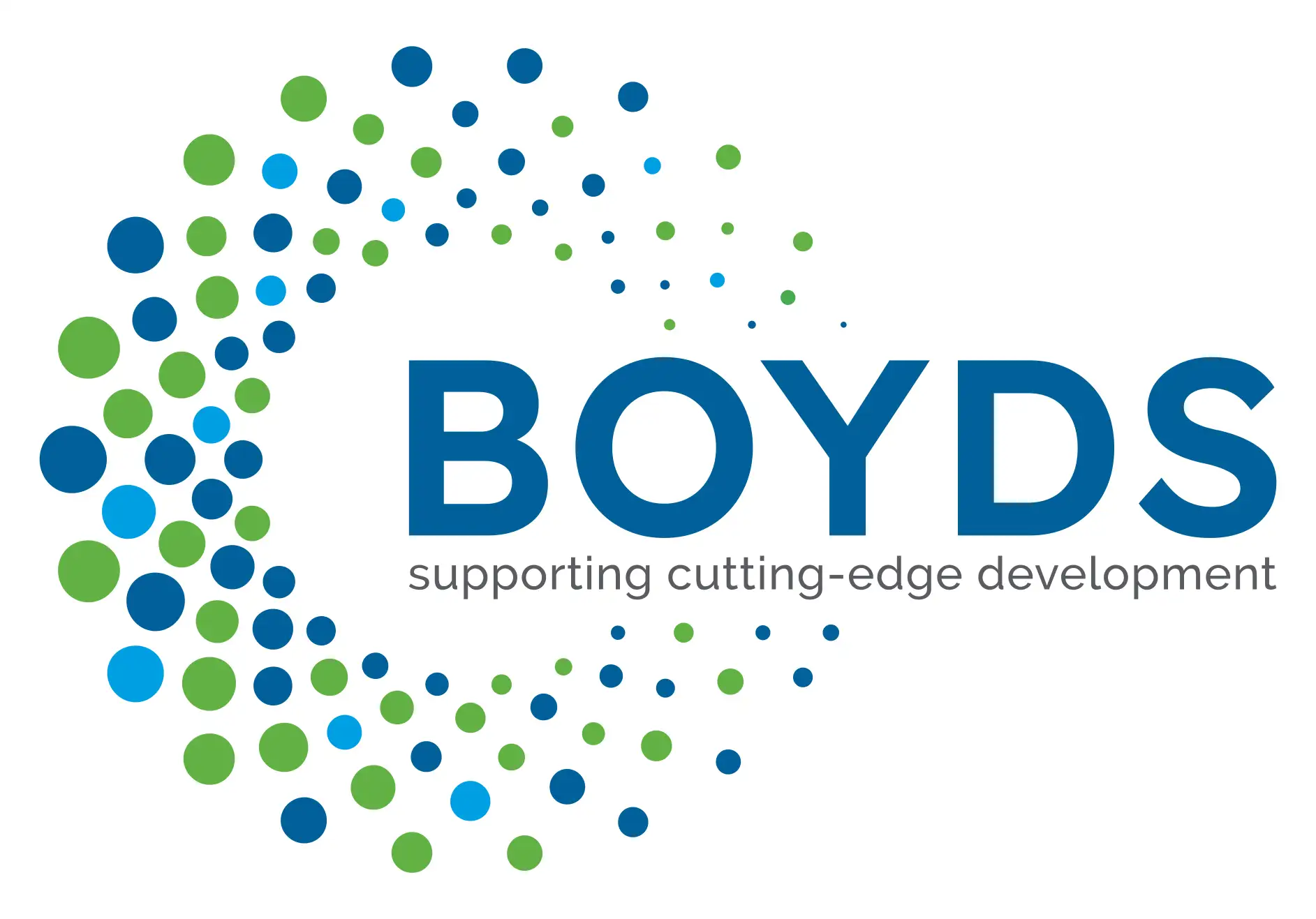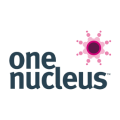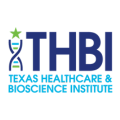This is the second in a series of articles aiming to highlight the vital role that drug development consultants play in helping small pharma companies to bring new medicines to the market. To put this properly into context, it is essential to understand the barriers currently restricting the development of new medicines for very rare disease.
There are many reasons why rare (orphan) diseases have unmet medical needs. The first and perhaps the most important barrier is having sufficient funds to support the development or existing development candidates. Other key reasons include the low numbers of patients with a particular disease and poorly understood pathophysiology which tend to make a good return on investment unlikely.1
Government agencies have tried to reduce the barriers by offering financial support, reductions in the amount of data normally needed to get marketing approval etc. Orphan drug legislation had had beneficial effects and has led to the development of effective and profitable treatments for rare diseases.2 In this article we will explore the barriers that still remain troublesome and make it extremely difficult to develop new treatments for very rare diseases
Big pharma companies undoubtedly have the wherewithal to develop novel treatments for rare diseases. However, as discussed in a previous article they are reluctant to invest in rarer diseases. In the absence of investment by big pharma companies the onus is on other institutions to fill the gap.
As highlighted above, the first and perhaps the most important barrier to orphan drug development is having sufficient funding. Although academic institutions may have insight into rare disease mechanisms and may even have identified potential drug targets they invariably lack the resources and experience to turn this into commercial success.3
Development of a commercially successful medicine needs careful planning from the outset. Universities tend to be strong on Research but have very little Development expertise. This can lead to the worst case scenario where a good idea withers on the vine through lack of proper planning and the foresight to avoid pitfalls.3
Other interested parties include biotech companies, virtual pharma companies, university spin-outs and collaboration between small pharma companies and patient organizations. The challenge for these players is to put together a team capable of getting a new treatment on the market.3
The first of many hurdles to be overcome is the selection of a target disease and a drug candidate. It is very unlikely that any of these companies have the ability to synthesize or screen NCE’s or NBE’s and their only option is to try and find a suitable candidates that are freely available (not patented) with human exposure data. Unfortunately, this considerably reduces the likelihood of the discovery of exciting new products for rare diseases.
Although existing legislation helps once a drug candidate has been identified, it does little to stimulate the search for novel drug targets. Mechanisms to encourage novel research into potential rare disease targets will need to be in place before the search before novel approaches can even begin. Since most of the rare diseases (80%) are genetic in origin, gene based therapy offers the greatest potential for success.4
In addition to stimulating research into potential drug targets for rare diseases, there is a need to address new ways of developing novel candidates particularly gene therapy products. Smaller companies that lack the necessary resources to carry out drug development end up managing and overseeing extremely complicated team structures. In the UK, there is the potential for a new working relationship between the NHS, Universities and small drug development companies. However, this will require a whole new way of thinking and may never come to fruition unless there are very strong incentives to make it happen. Possible incentives could be Government funding and a clear wish to make it happen.5
One of the less obvious barriers to smaller companies is the lack of guidance on the Project Management and Quality Management in GCP needed for orphan drug application. The GCP guidelines were largely designed for big pharma. Without a project and quality management infrastructure, it is extremely difficult for small companies to fully adhere to GCP. It seems incongruous that this important aspect of the drug development process has hardly even been considered. It benefits no one if an orphan drug package, with acceptable data quality and good efficacy and safety is rejected on the basis of non-compliance with project or quality management aspects of GCP. There needs to be more clarity about what is or is not acceptable. Currently, small companies are to an extent flying blind in the hope that regulators will be lenient during post-submission inspections. Unfortunately, there is no single voice representing all parties asking questions like this.
The final article in this series will explore ways to overcome some of the barriers discussed above and possible ways to fill the gaps left by big pharma.
References
1. Orphan Drug Development-Challenges and Incentives http://virtualregulatorysolutions.com/orphan-drug-developemtn-challenges-and- incentives/
2. Orphan drug development: an economically viable strategy for biopharma R&D. Kiran N Meekings, Cory S M Williams and John E Arrowsmith, Drug Discovery Today Vol 17 No 13/14. July 2012 pp 660-664
3. Virtual Drug Development : Vision, Oversight and Risk Management. Keith J Williams and Bryan C Hurst, International Pharmaceutical Industry Spring/Summer 2013 Vol 5 Issue 2 pp 32-35
4. Rare Diseases: Facts And Statistics https://globalgenes.org/rare-disaeses-facts-statistics/
5. Bulletin of the World Health Organization; Coming together to combat rare disease http://www.who.int/bulletin/volumes/90/6/12-020612/en/









